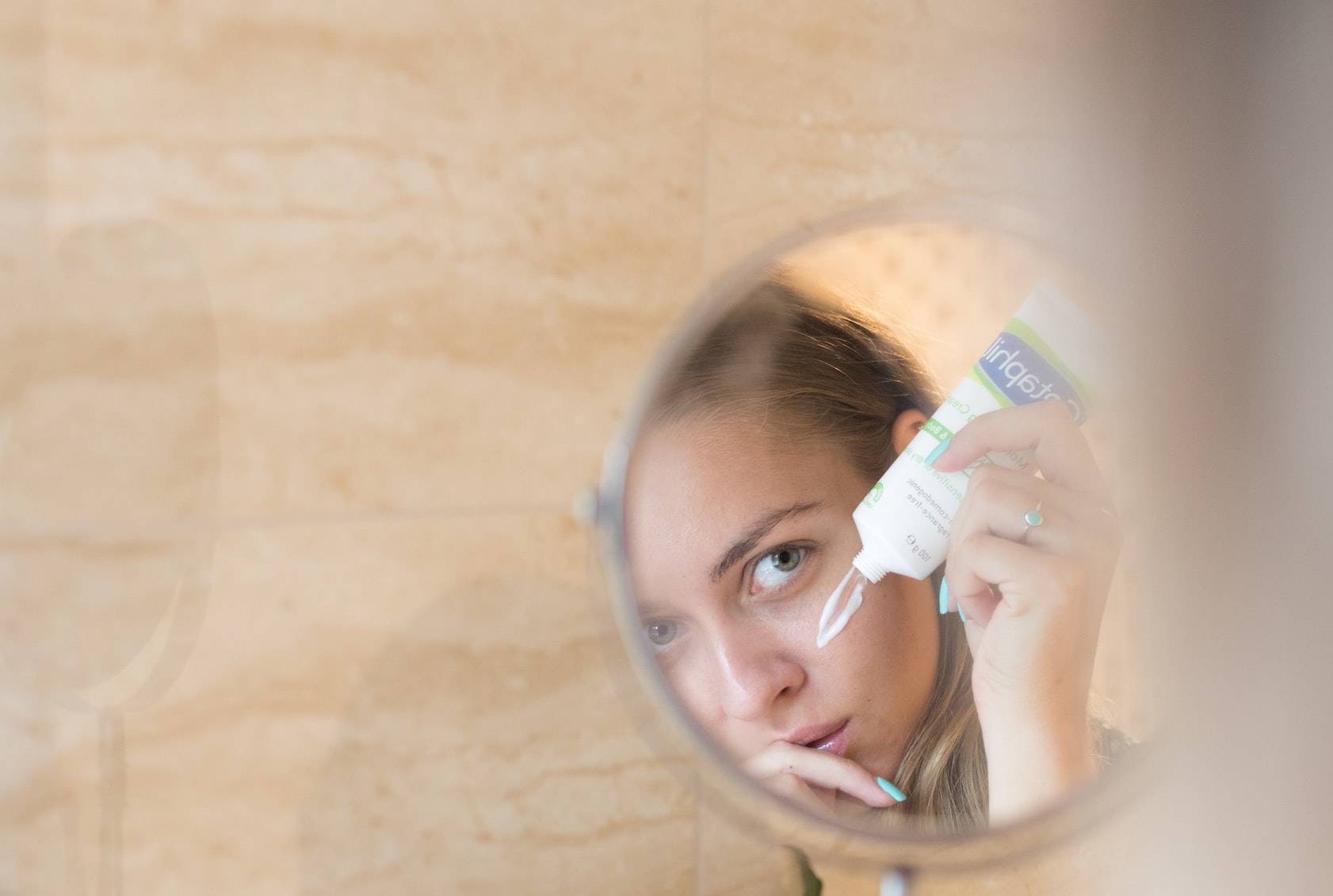WHAT’S NEW?
The Delegated Regulation (EU) 2024/197 of 19 October 2023 has been published in the Official Journal of the European Union on 5 January 2024. It is the 21st ATP (Adaptation to Technical and Scientific Progress) of the European CLP Regulation No. 1272/2008 (Classification, Labelling and Packaging of substances).
This amendment to CLP Regulation includes 28 new additions and 24 amendments. From the substances listed, 16 ingredients are reported to be used in cosmetics and are not yet included in Annex II (list of substances not allowed in cosmetics).
From these 16 ingredients, 2 were classified as CMR (Carconogenic, Mutagenic or Toxic for reproduction):
- Dimethyltolyamine (CAS No:99-97-8) – carcinogenic 1B, functions as nail conditioning, not currently listed in annexes to the EU Cosmetics Regulation.
- Trimethylbenzoyl Diphenylphosphine Oxide – TPO (CAS No:75980-60-8) – reprotoxic 1B, functions as skin conditioning, currently listed in Annex III entry 311 of the EU Cosmetics Regulation.
According to Article 15 of the EU Cosmetic Regulation, the use in cosmetic products of substances classified as CMR substances, of category 1A or 1B under Part 3 of Annex VI to Regulation (EC) 1272 2008 shall be prohibited.
WHAT NOW?
Delegated Regulation (EU) 2024/197 applies from 1st September 2025.
The cosmetic ingredients were not defended by industry and will therefore be included in Annex II (list of prohibited substances) of the EU Cosmetics Regulation (EC) No. 1223/2009 via the 7th CMR Omnibus Regulation.
The making available (off-shelf) deadline for products containing these substances will be 18 months after publication of the 21st ATP to CLP on the EU Official Journal, that is, 5 June 2025.
Note: this new legislation will not automatically be included within the Great Britain (GB) CLP Regulation. So currently, the announced bans will apply only in the EU market.
References:







